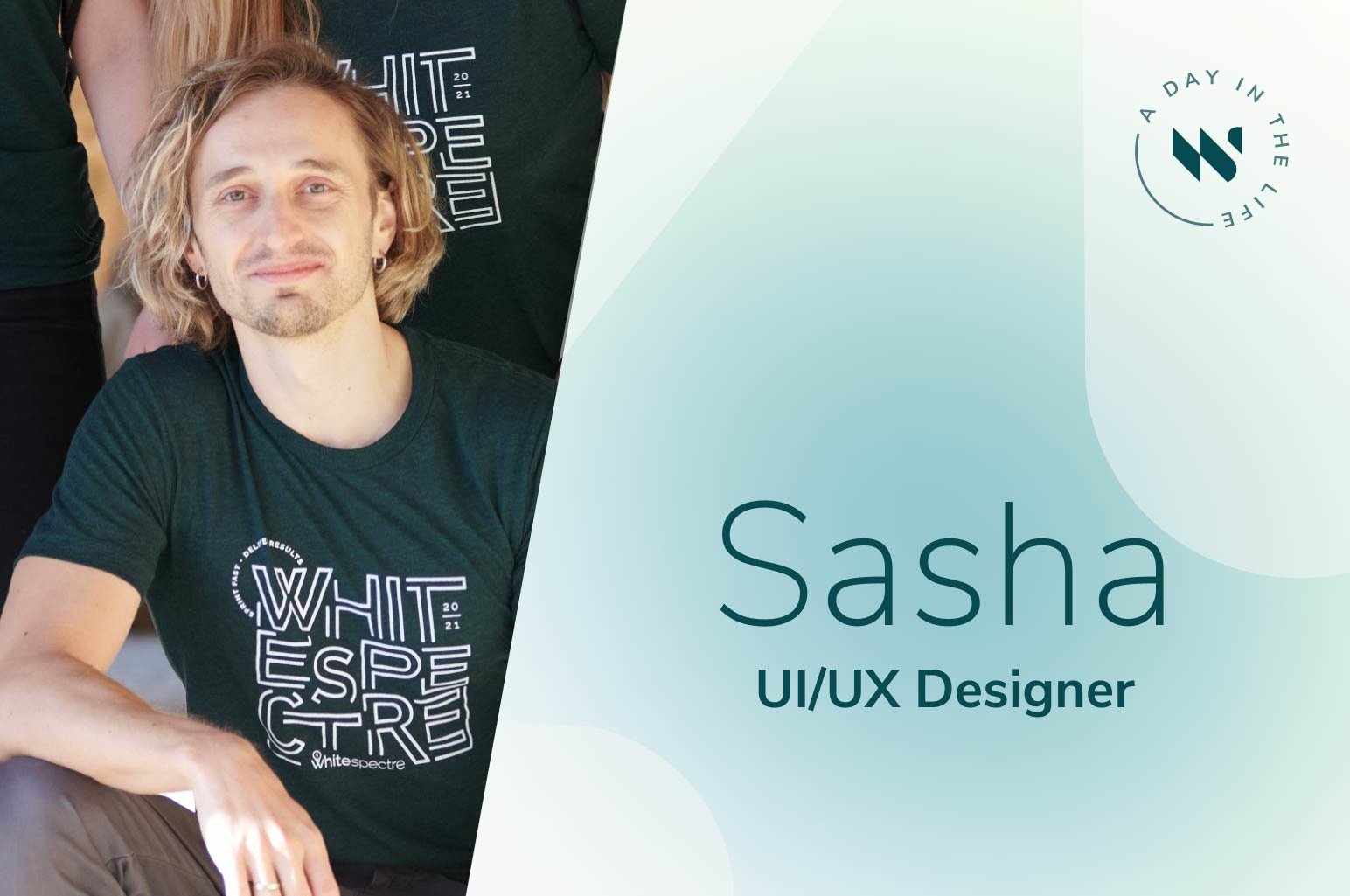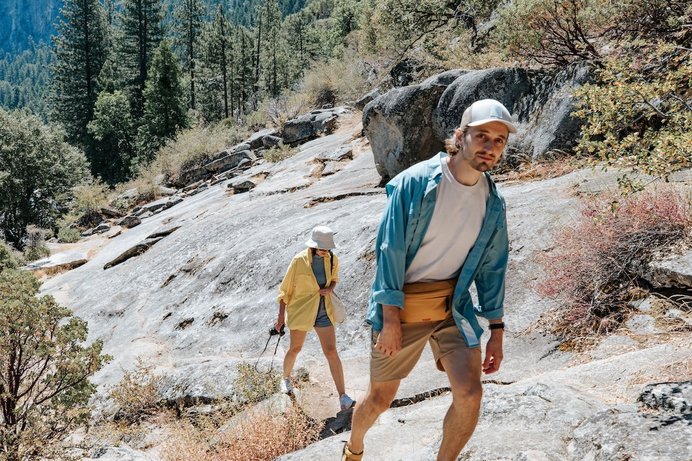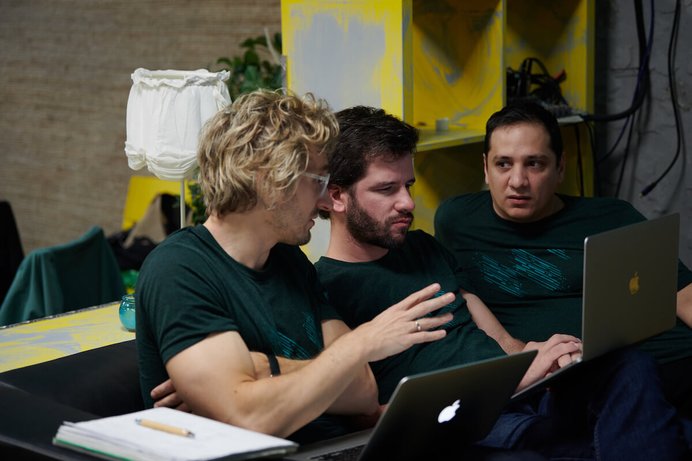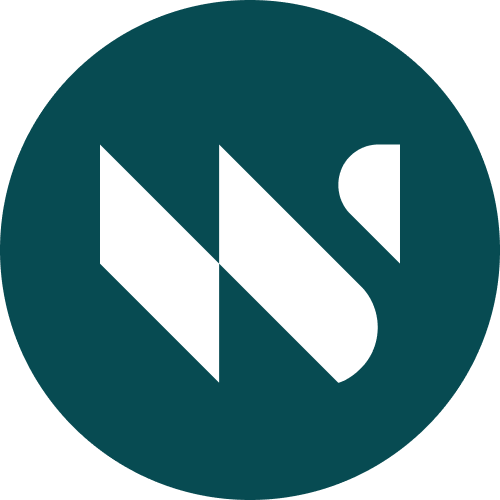Meet Sasha Sivchenko, Senior UI/UX Designer
A creator, explorer, and lifelong learner - Sasha shares how he discovered his passion for UI/UX, finding a balance between life and work, and what it’s like being a Senior UI/UX Designer at Whitespectre.

Sasha is a Senior UI/UX Designer at Whitespectre originally from Kyiv, Ukraine. His passions for life, the arts, and craftsmanship have led him to a career in designing beautiful, engaging, and impactful products and user experiences.
Key highlights in this interview:
Tell us about yourself. How did you get into UI/UX?
Hi, I’m Sasha. I’m a UI/UX Designer and I’ve been working at Whitespectre since 2020.
I’m a creator and an explorer at heart.
I’ve visited 16 countries, scaled all the highest peaks of the Carpathian mountains and the Blue Mountains in Jamaica, and written a book on one of my cycling trips around Ukraine, France, and Georgia.

I have a great, great love for the arts, design, and literature. This led to me getting my Bachelor of Fine Arts and my master’s degree in Publishing Business and Editing.
I explored fine arts, journalism, editorial, and graphic design for a few years before I was introduced to UI/UX when I visited California in 2015. UX in particular caught my interest because of its strong scientific approach.
Since then, I dove deeper into UI/UX and worked with leading media and app development companies before joining Whitespectre.
Why did you choose to join Whitespectre, and what’s kept you here?
Some of the companies I worked for lacked proper communication, organization, and processes. There also wasn’t much focus on learning and growth at the company level.
But I love learning.
And the COVID-19 pandemic really opened my eyes to the importance of working with a great team in a good working environment.
So now, here I am at Whitespectre.
I’ve been here for more than 2 years and have evolved a lot as a designer and leader. Our head designer, Andy Simpson, and CPO, Allison Kellman, have taught me so much about management and effective communication. I also really appreciate them for creating a safe and warm environment for work and collaboration.
I also get to work on interesting and complex design projects and technologies; and with talented colleagues from different walks of life and disciplines.
As I mentioned earlier, I love learning. I get to do that here, and I’m able to share my knowledge with my colleagues.

What are you currently working on?
I’m currently leading the design development for a GPS consumer wearables product that allows people to monitor and manage their dogs with a GPS virtual dog fence.
We work with our client partner to seamlessly connect the physical product, its backend, and the app. It’s sophisticated stuff, so I collaborate closely with our developers at every design stage.
This lets us develop the best possible functionality for the user, while avoiding redundant work or misunderstandings that frequently happen between product and dev teams.
I’m also leading and implementing UI/UX processes for a better-for-you rewards app. Users of the app are rewarded when they purchase from its curated selection of purpose-driven consumer packaged goods (CPG) brands.
As its tech partner, our goal is to translate its intricate backend into a great shopping experience.
Are you able to see the direct impact of the work you’ve done? What are some highlights for you?
Yes, I can clearly see the direct impact of my work. But before we get into it, you should be aware that this is the case for me because I work mainly on products or features that have to be (re)built from scratch.
I’ll share some highlights of mine from the GPS consumer wearables product we worked on.
So when our client first came to us, their app had received low marks from users as it didn’t live up to the powerful capabilities of their physical product - the dog collar. In addition, the product originally required users to physically walk their desired perimeter to set up the virtual fence on the app.
We spent 2 years redesigning and rebuilding the app and backend platform from scratch to match up to the latest version of their product.
In my role, I used an iterative strategy to develop a unified experience for cross-platform development based on React Native. As part of improving the overall usability and experience of the app, I also designed an engaging and intuitive in-app fence drawing feature. This allowed users to draw their desired perimeter for the fence within the app itself, instead of having to physically walk outside to set it up.
The new version of the app has since had a successful launch in April 2022, receiving an overall rating of 4.8 across both Android and iOS.
What does a typical day in the life of Sasha the UI/UX Designer look like?
What I really enjoy about being a UI/UX Designer is that I don’t actually have a typical workday beyond scheduled calls. As a UI/UX practitioner, I’m always asking questions:
- What is the problem we’re solving?
- What are the business goals?
- What are the users’ needs and pain points?
- How is the feature/product going to be used and in what context?
Only once I have a solid understanding of the brief, do I proceed with defining the best approach and best practices to apply. Then I move on to brainstorming, wireframing, and solution designing.
There’s always something different to do. It depends on where we are in our sprint for the projects that I’m involved in. I could be working on a straightforward task that takes a few hours or a day to complete, or on one that involves days of iterations, discussions, and tests.
As you can imagine, there’s a lot of context-switching involved.
Whenever I need a breather from work, I walk my dog, Chichiko (my bichon frisé). I also read, run, or do high-intensity interval training in between my schedule to switch up my daily routine. It helps that I have the flexibility of asynchronous, remote work.

What’s the biggest difference between UI/UX design vs. graphic design or other art forms?
My wife, Yev, is actually an illustrator. So we often share and compare our work.
I find that UI/UX is a completely different ballgame compared to other forms of art and design. It tells a visual story through the user experience, but with a focus on guiding users to achieve a goal.
And here’s the important thing - UI/UX design must avoid interpretation on the user’s end to ensure that the user doesn’t lose focus. In this case, your design should be simple, clear, and very intuitive, as your user not only sees it but literally interacts with the design within your product.
The beauty of UI/UX is that it is a science as much as it is an art.
It’s the link between design and development.
It’s a totally different world to graphic design or illustration, which focus more on visual representation and selling, and not so much on functionality.
With UI/UX, you have to research the context and define goals, use behavioral psychology to understand how people may react to the product, test your ideas, and create an architecture and interfaces that will invisibly but accurately direct users in performing one action after another in a way where they know what they’re doing and why.
What do you think about the current state of UI/UX and how it might change in the future?
A big discussion in the industry is whether or not AI will replace the need for UI/UX designers.
I believe it’s highly unlikely, as this discipline requires the human touch that AI is merely able to mimic. AI can be a good executor, but it still needs a creative brain that will define that execution.
We’ve also been in a transitionary period where companies are now leveraging new and emerging technologies like Augmented Reality (AR), Virtual Reality (VR), Artificial Intelligence (AI), 3D interfaces, and zero UI devices. AR tech, for example, is now used as a visual aid for search results and an elevated online shopping experience. As user experience designers, we need to innovate in parallel with this global evolution and use these technologies to improve the collaboration between people and product.
The possibilities are exciting!
Eventually, we will get to a place where it will become natural or necessary to implement these technologies in our products. UI/UX was, is, and will always be part of how we experience the world around us.
Any words of advice to share with fellow UI/UX designers or UI/UX enthusiasts?
As a UI/UX designer, you are one of the first lines of defense when it comes to form vs. function.
You want to satisfy both business and user interest. If a product is easy to use but is ugly, it won’t sell. So you must build something that is pleasant to use and pleasant on the eyes. It doesn’t mean that your product must have crazy animations, gradients, and so on. No, it’s not about that. You want to get your product to a place where the user can use it without distractions.
This is crucial because we live in a world with a decreasing attention span.
Every millisecond counts for your product.
Make learning new practices and tools a lifelong practice. Focus on improving collaboration within the team to achieve the highest work efficiency.
It’s necessary to understand to some level - management, coding, and QA. So, involve your technical team members in the product planning and design processes from the beginning.
Lastly, whether users use your product or visit your website - they want to get something out of it. And if your UI/UX design doesn’t distract your users from what they want to do… Job well done!
I leave you with this quote by Donald A. Norman, in The Design of Everyday Things - “Good design is actually a lot harder to notice than poor design, in part because good designs fit our needs so well that the design is invisible.”.
Did you enjoy getting to know Sasha? Meet some of our other Whitespectre team members:
